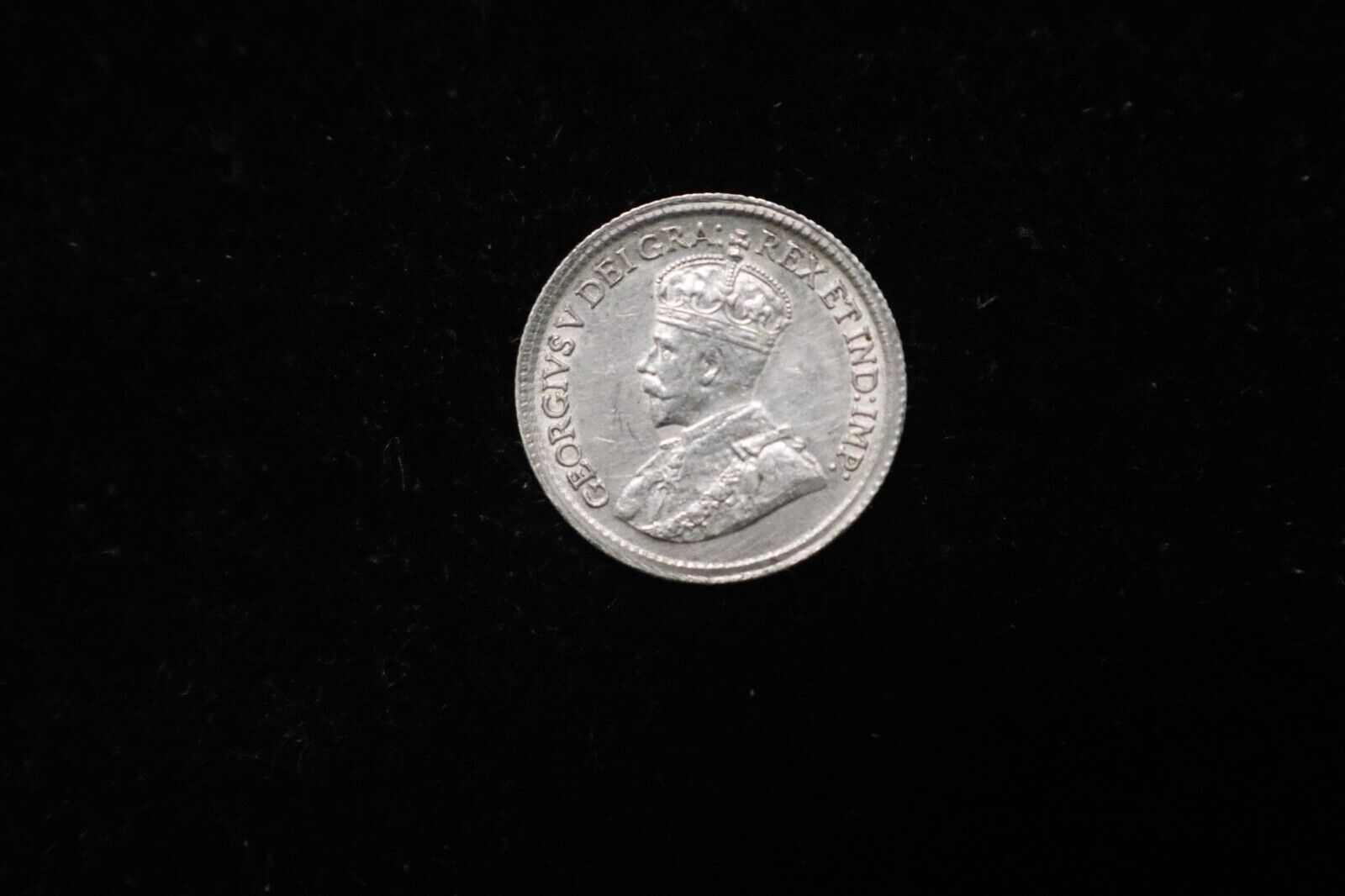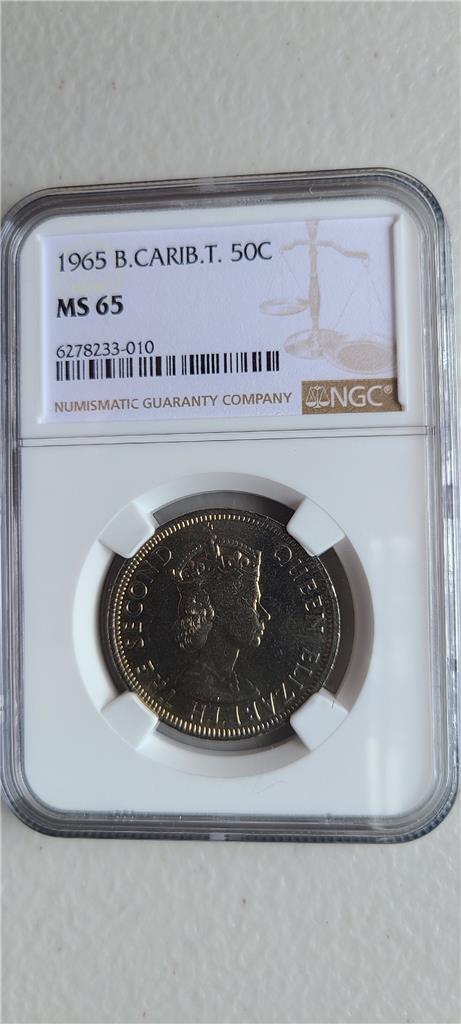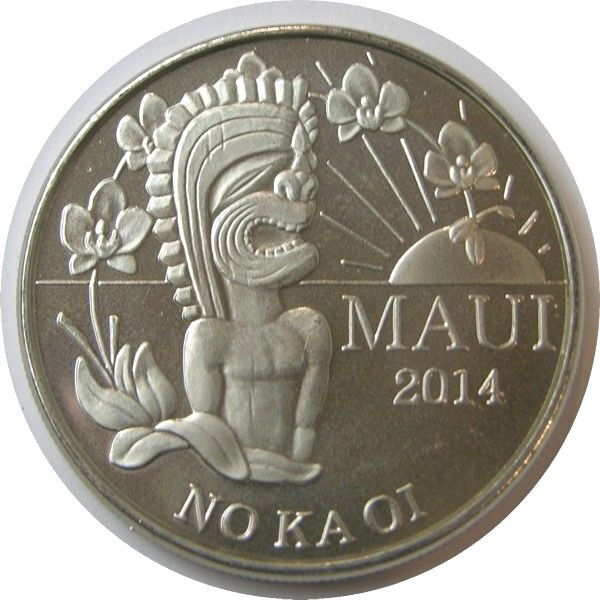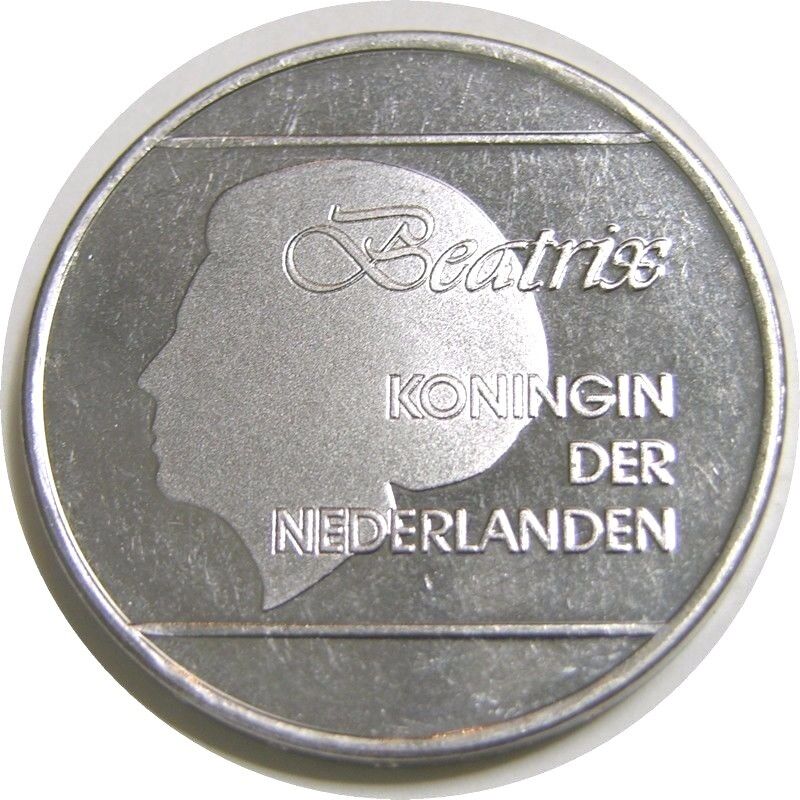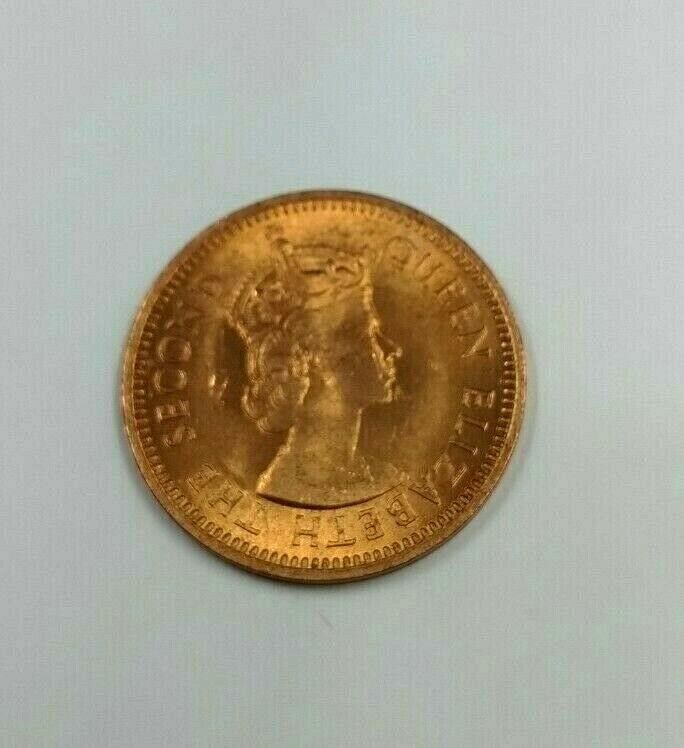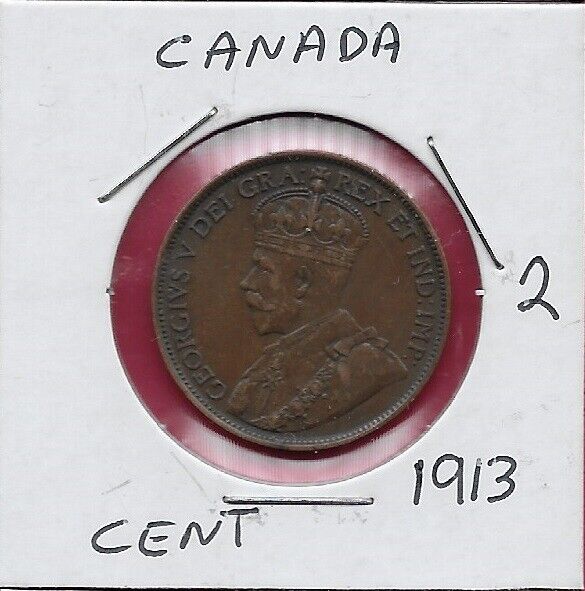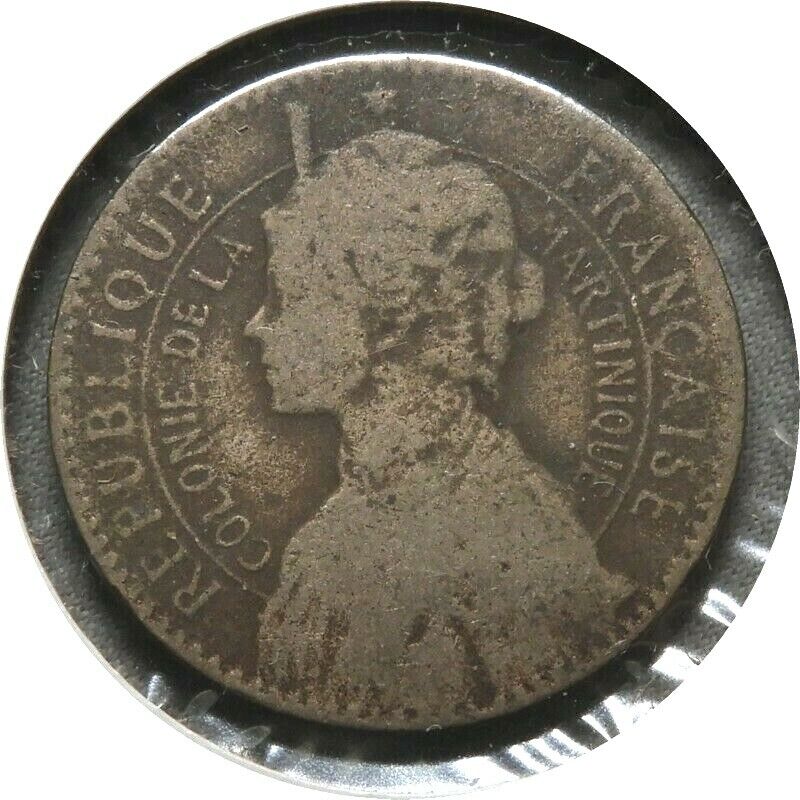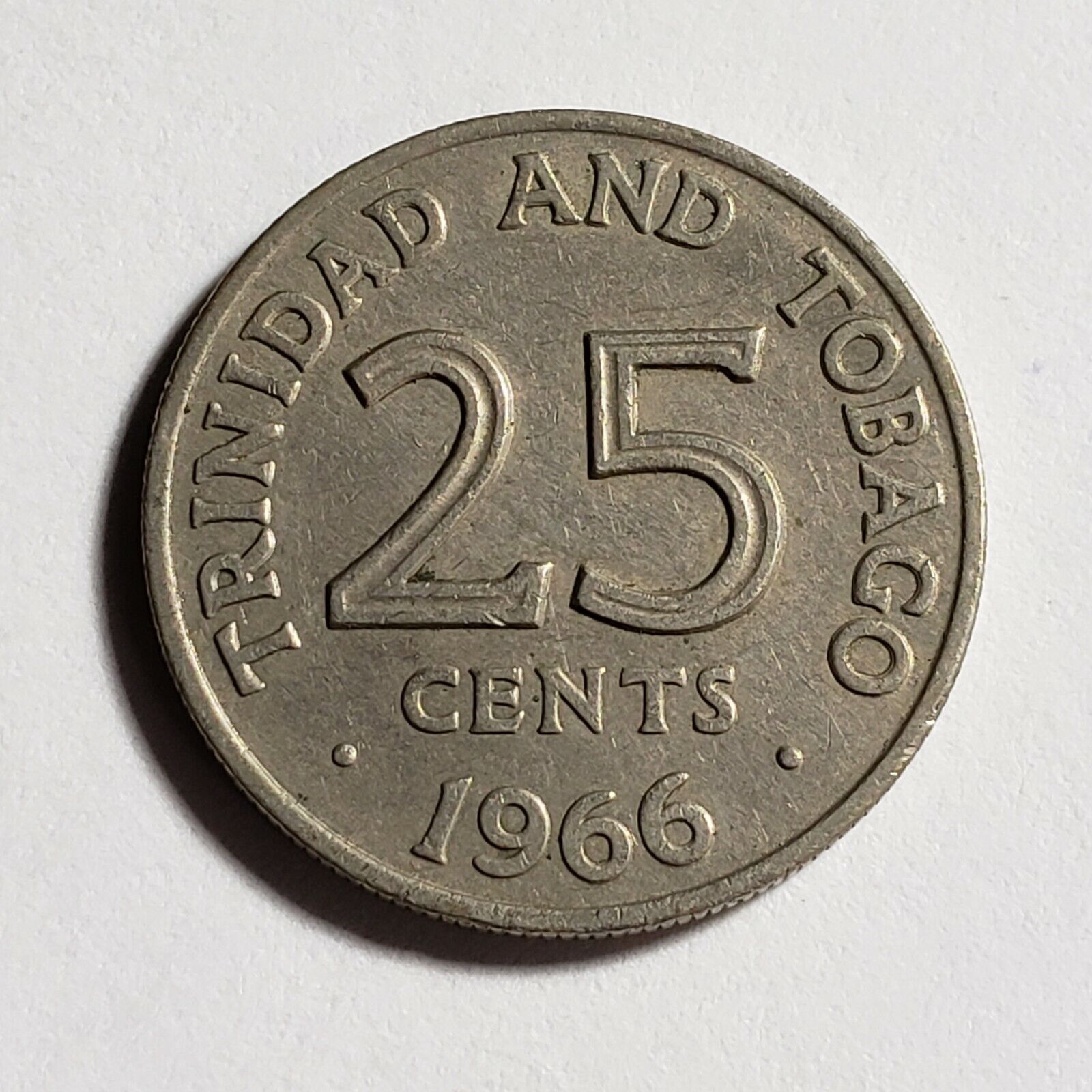-40%
1759, Great Britain. Bronze "The Taking of Guadeloupe" Token / Medal. NGC MS-61!
$ 276.78
- Description
- Size Guide
Description
CoinWorldTV1759, Great Britain. Bronze "The Taking of Guadeloupe" Token / Medal. NGC MS-61!
Mint Year: 1759
Medallist: Lewis Pingo
Reference: Eimer 22, Betts 417.
Condition:
Certified and graded by NGC as UNC (Details: Obverse Cleaned!)
Denomination: Medal - "
The Taking of Guadeloupe / Guadeloupe Surrenders
", also known as the
Guadeloupe Token
and issued by the Issued by the
British Society for Promoting Arts and Commerce
.
Diameter: 40mm
Material: Bronze
Weight: 30gm
Obverse:
Standing Britannia raises kneeling native holding sugar plants.
Legend: GVADELVPE . SVRRENDERS
Exergue: MAY . I . MDCCLIX
Reverse
: Pallas with trident and standard. Names of Commodore John Moore and Major-General Barrington at sides, who were major figures during the taking of Guadeloupe..
Legend: MOORE / BARRINGTON
Exergue: SOC . PROM . ARTS / AND . COMMERCE
Although the island had been captured, the diseases rife on the island proved fatal to many British troops. By the close of the seven months that remained of the year 1759 nearly 800 officers and men of the garrison had found their graves in Guadeloupe. The island was returned to French control after the Treaty of Paris, in return for France ceding its colonies in Canada.
Authenticity unconditionally guaranteed.
Bid with confidence!
The
British expedition against Guadeloupe
was a military action from January to May 1759, as part of the Seven Years' War. A large British force had arrived in the West Indies, intending to seize French possessions. After a six-month-long battle to capture Guadeloupe they finally received the formal surrender of the island, just days before a large French relief force arrived under Admiral Maximin de Bompart.
Though the island was eventually ceded back to the French, the capture of the island contributed to the Annus Mirabilis of 1759.
The fleet sailed to Basse-Terre and on 22 January 1759 opened fire on the town, reducing it to a heap of blackened ruins. At dawn on 24 January, the British troops were landed, and moved inwards for some 5 km, until they met a strong French position in a rugged, mountainous terrain.
By that time the men on the sick list numbered 1,500, or fully a quarter of the force. Hopson's health was failing rapidly too and he remained inactive. Even the representations of Barrington could not stimulate him to further action. On 27 February, Hopson died, leaving the command to devolve to Barrington. The British expeditionary force was by now on the brink of destruction. More than 600 invalids had been sent to Antigua, and another 1,600 men were on the sick list. The remainder were succumbing so fast that sufficient men could hardly be found to do the daily duty.
Meanwhile, John Moore, being independent of Hopson in respect of naval operations, had sent ships round to Fort Louis. They speedily battered the fort into surrender and installed a garrison of 300 Highlanders and Marines on 14 February 1759. Barrington transferred most of the soldiers from Fort Royal, Martinique, to Fort Louis on the Grande-Terre side of Guadeloupe. In March he used this as a base from which naval transport carried separate forces under Brigadiers Byam Crump and John Clavering to attack French positions around the island. The attacks were highly effective, and the French capitulated on 2 May 1759. The French governor Nadau du Treil signed the capitulation.
Only 1$ shipping for each additional coin purchased!



